1. Why do children often have allergic rhinitis?
Like adults, children with allergic rhinitis are caused by inflammation of the inner lining of the nose. This process occurs when the body is exposed to allergens. Spring is the season of blooming flowers and the spread of pollen. Along with drizzle, high humidity, mold, viruses, etc. develop quickly. These are risk factors that make allergic diseases easy to flare up, including allergic rhinitis.
The risk of allergic rhinitis in children increases because their immune system is not yet fully developed, making them more susceptible to the disease. Signs include sneezing, itchy nose, runny nose, stuffy nose, etc. Children often cry because their bodies are uncomfortable. Although allergic rhinitis is not a serious disease, if not treated properly and ineffectively, the disease can progress to complications such as pharyngitis, sinusitis, otitis media, etc.
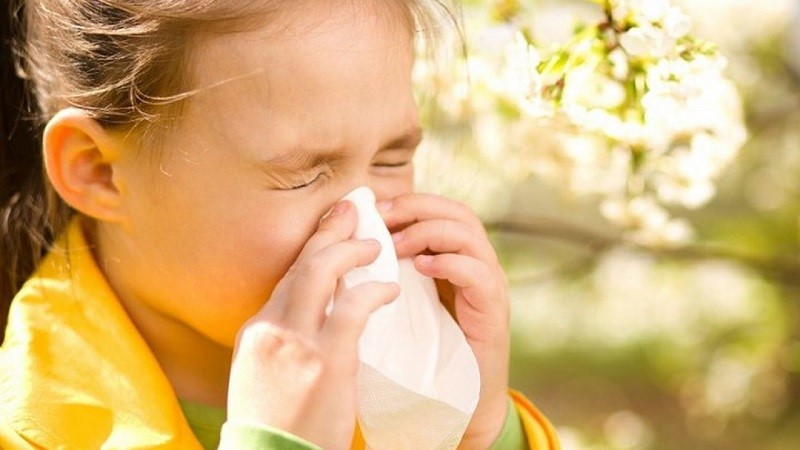
Sneezing, runny nose, stuffy nose... are typical symptoms of allergic rhinitis.
2. Treatment for allergic rhinitis in children
When children show signs of sneezing, runny nose, stuffy nose... in addition to cleaning the baby's nose with saline, do not arbitrarily give the child any medicine. Children are special subjects, very sensitive to medicine, if used incorrectly can have serious consequences. Therefore, parents need to take their children to see a doctor for instructions on how to clean the nose and use other medicine if necessary.
Currently, there are many types of drugs used to treat allergic rhinitis in children. Using drugs to treat allergic rhinitis aims to minimize symptoms and minimize side effects. Treatment drugs include topical drugs and oral drugs.
2.1 Topical medications
- Physiological saline (Sodium Chloride 0.9%), is a non-prescription drug that can be used regularly as a nasal drop to clean the nose of children. Physiological saline has the effect of thinning nasal mucus, helping it to drain easily. Physiological saline spray can clean the nose more deeply, helping to clear the child's airways.
- Vasoconstrictor nasal drops: Nasal drops/sprays that have a vasoconstrictor effect, helping to breathe easier such as oxymetazoline, naphazoline are often used to treat allergic rhinitis. However, parents should not arbitrarily use them for children because of the risk of side effects causing cyanosis, dizziness and other symptoms. This group of drugs must be used according to the doctor's instructions regarding dosage and content of the drug.
- Nasal drops containing corticosteroids: Nasal drops containing corticosteroids can be used very effectively for allergic rhinitis. However, when used, caution and correctness must be exercised. Long-term use of the drug is not recommended because it can have negative effects on children's health. Clinical practice has recorded children under 5 years of age being poisoned by nasal corticosteroid sprays when used with naphazoline nasal drops. There are also some cases of children with adrenal insufficiency due to long-term use of nasal corticosteroid sprays. Therefore, parents who give their children medication must strictly follow the doctor's instructions. The doctor will prescribe the drug for each patient because not all patients with the same disease use the same drug.
2.2 Oral medications for treating allergic rhinitis in children
This group of drugs should only be used for children with instructions and prescriptions from a pediatrician or ENT specialist.
- Antihistamine group: Including drugs such as loratadine, chlorpheniramine, cetirizine are commonly used in the treatment of allergic rhinitis. The drug helps quickly reduce symptoms such as runny nose, nasal mucus, itchy nose, watery eyes, but is not effective in reducing nasal congestion.
- Antibiotics: When children have allergic rhinitis with bacterial infection, antibiotics should be used. However, antibiotics should only be used after a doctor examines and confirms that the child has an infection and prescribes a prescription. Parents should absolutely not buy medicine for their children to avoid further harm to their health.
- Glucocorticoid: Prescribed by doctors for severe, chronic rhinitis and sinusitis when children do not respond to other treatments. This is a very effective group of drugs in treating allergies, inflammation and many other diseases. However, the drug has many side effects, parents need to seriously give their children the drug as prescribed.
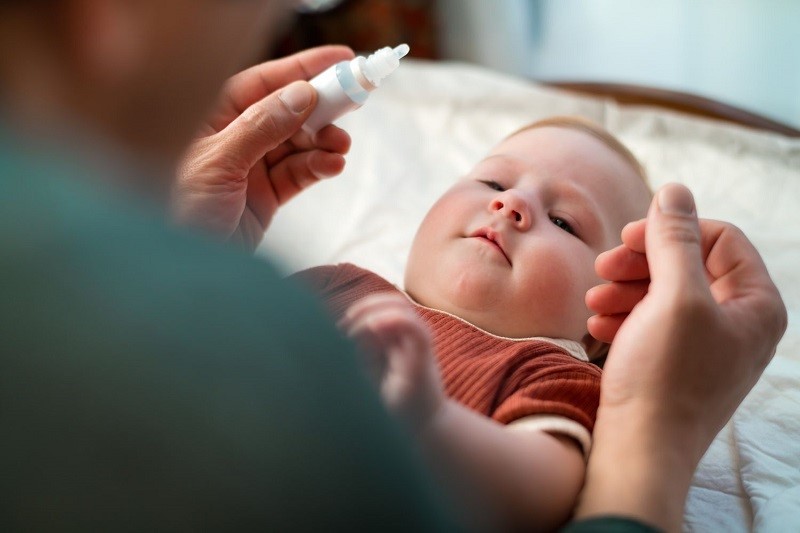
Be careful when using nasal drops for children.
3. Preventing allergic rhinitis in children
In addition to using medication to treat allergic rhinitis in children, disease prevention is very important. It is necessary to identify the allergens that cause allergies in children to limit exposure to prevent the disease from getting worse and recurring many times. In families with children with allergies, the following issues should be noted:
- Clean your child's nose daily with saline solution, especially after school, playtime, and when the weather changes.
- Always keep your child's room clean and airy.
- Prevent children from being exposed to risk factors such as pollen, cigarette smoke, dust, dog and cat hair, etc.
- Clean your child's teeth before and after waking up.
- Instruct children and create the habit of washing their hands regularly, especially before and after eating. Do not put your hands on your face, mouth, nose, etc.
- Feed your child a nutritious, balanced diet. Increase fresh fruits and vegetables to provide vitamins, especially vitamin C, to strengthen resistance.
- Make sure your child goes to bed on time, preferably by 9pm (do not let your child stay up after 10pm).
- During the changing seasons, it is important to keep your child warm, but you should not dress them in too many clothes as this can cause them to sweat and feel uncomfortable, which can also trigger allergies.
Readers are invited to watch more videos :
Allergic rhinitis during seasonal changes.
Source





![[Photo] Enjoy the Liuyang Fireworks Festival in Hunan, China](https://vphoto.vietnam.vn/thumb/1200x675/vietnam/resource/IMAGE/2025/10/26/1761463428882_ndo_br_02-1-my-1-jpg.webp)

![[Photo] Nhan Dan Newspaper displays and solicits comments on the Draft Documents of the 14th National Party Congress](https://vphoto.vietnam.vn/thumb/1200x675/vietnam/resource/IMAGE/2025/10/26/1761470328996_ndo_br_bao-long-171-8916-jpg.webp)







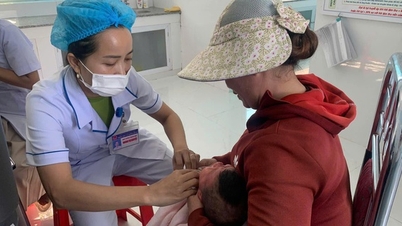

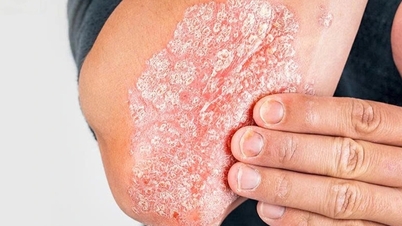











![[Photo] General Secretary To Lam received the delegation attending the international conference on Vietnam studies](https://vphoto.vietnam.vn/thumb/1200x675/vietnam/resource/IMAGE/2025/10/26/1761456527874_a1-bnd-5260-7947-jpg.webp)
![[Photo] Prime Minister Pham Minh Chinh attends the opening of the 47th ASEAN Summit](https://vphoto.vietnam.vn/thumb/1200x675/vietnam/resource/IMAGE/2025/10/26/1761452925332_c2a-jpg.webp)











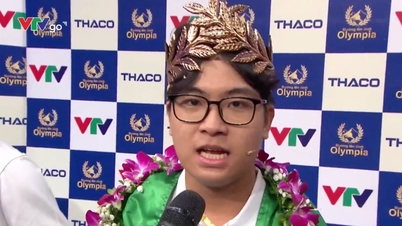

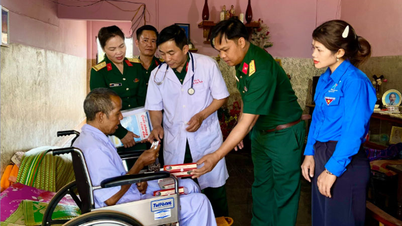

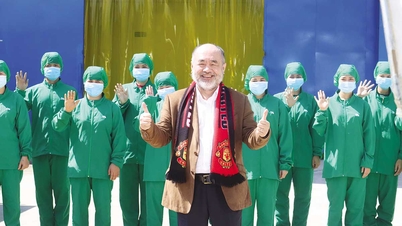








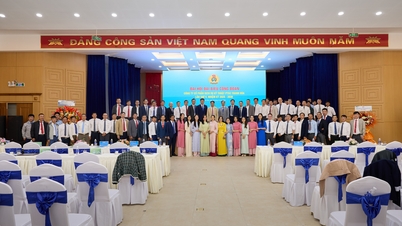

















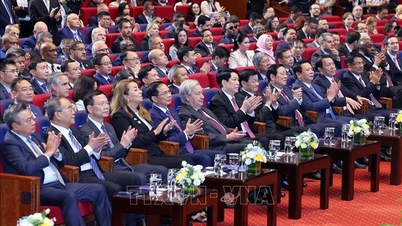

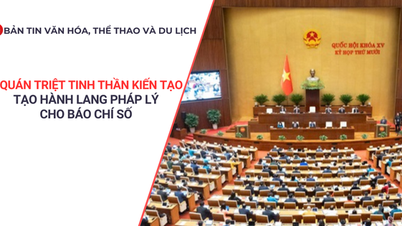

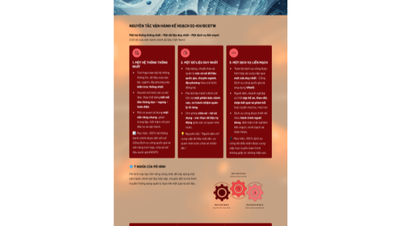





























Comment (0)